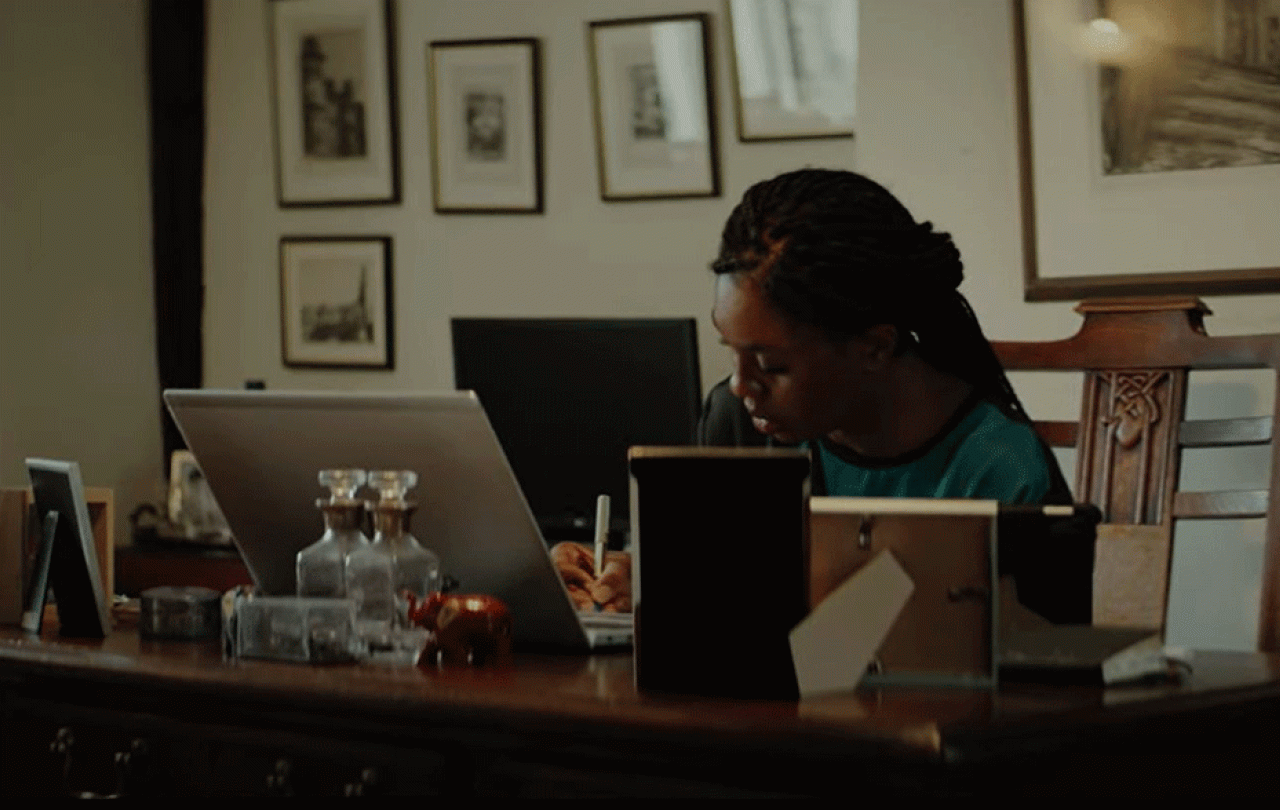
Apparently Kemi Badenoch is unfit for leadership due to a ‘preoccupation’ with her children. Such comments are hardly a surprise. After all, she is both a mother and a woman vying to be in a position of power. Since the beginning of time women have been mothers, but women haven’t always been in positions of power. So it is not surprising that some people have problems adjusting to the change. But it isn’t just Robert Jenrick who finds this adjustment difficult. In my experience, most women find it hard too. Becoming a mother is a beautiful but body-breaking, exhaustion-inducing and identity-questioning process. And that is just in the first few months. Add to that the expectations of also having successful careers as well, and it is no wonder we find it hard.
Kemi Badenoch’s response, naturally and rightly, was to show how capable she is to lead the Tory party alongside her maternal responsibilities, whilst challenging the view that just because she is a woman she is more responsible for her kids than a man with similar age kids would be. But her lack of acknowledgement of the hardship involved in being a mother and having a successful career does leave an awkward silence around what is an ongoing imbalance in many relationships when it comes to holding the fair share of parental, household and professional responsibilities.
This relentless pursuit of the ability of mothers to do everything else as well as being a mother says something about what we expect from women in our society. We need to prove that it is possible to be a woman and do all the things men have traditionally done. Yet sometimes I do wonder if we make it harder for ourselves. Is it our own expectations which make this thing called being a woman much harder than it needs to be?
Perhaps she is valuable not because of what she does or the choices she makes and what that says about the feminist cause, but because her worth lies elsewhere.
I’ve been blessed with the task of raising three boys, but I think about my friends who are raising little girls and the hopes they have for them. The hopes that they will grow to defy the expectations placed on them because they are female; to counter the oppression put upon them by breaking through the ceilings that may be built over them by others, to become whatever they want to be; engineers, consultant doctors, CEOs, even builders or plumbers if they so desire.
At the same time, (if the girls want them), they are expected to build families and loving safe homes. All of the things our mothers hoped for us and their mothers before them hoped for their own daughters.
Yet now, alongside those hopes for domestic fulfilment, so many other expectations have been added. Of course, the obvious solution to this, as Kemi has argued, is for men and women to share the load on both sides – to build the home and work life in a way that benefits both in the partnership. But the fact remains that relatively speedily in the course of historical development, we have come to a position where we are all expecting to have it all, all the time. And especially for our girls – we want them to be strong, powerful, successful, fruitful and productive all at once.
Now, this is not to say that we should revert to a time when only women ran the household and only men inhabited the professional domain. But sometimes perhaps it’s OK for a woman just to be a mum, if that is what she wants. She doesn’t have to also show the world she can be everything else as well. Some would criticise that decision as selling out on the relentless need to fight for equality with men. But not everything a woman does has to demonstrate some ideological end in fighting for equality, as though that is what gives her value as a woman. Perhaps she is valuable not because of what she does or the choices she makes and what that says about the feminist cause, but because her worth lies elsewhere.
Whatever we do, we do it to witness to a love, a truth which goes beyond whatever we can give to the world.
Many of the friends I spoke of earlier who have those little girls chose to have their daughters baptised as babies. This act of infant baptism puts the stake in the ground for the belief that before they could do anything, before they could prove their worth as a female member of society demonstrating all that power, strength, purpose and ability to right all the wrongs of the past, they were loved and valued beyond measure, without condition.
As a girl, and before they grow to be a woman, maybe a mother, and then potentially the leader of a political party, they are a child of a God who values them not because of what they have done or will do, but because they are His child. At the same time, this doesn’t mean we sit back and do nothing – it’s central to the Christian faith to fight injustice and overturn oppressive powers, but this is never achieved by human action alone as though the weight of the world falls on our shoulders, it is done by bearing witness to a God who has a better plan for the world and for society than we could ever dream or imagine. It is only when we realise this that the burden might be lifted from all the women fighting for all the things we are supposed to fight for.
Of my three closest friends in the church, one is (currently) a stay-at-home mum, one a doctor, one a vicar. As for myself, I am studying for a PhD in theology. We also all spend a lot of time looking after children, cooking and doing the dishes (as do our husbands). And yet, when we reflect together, these choices feel less statements of how we might be empowered or not as women, but more the result of a belief that whatever we do, we do it to witness to a love, a truth which goes beyond whatever we can give to the world. And so, we can each celebrate what we “do” because in each offering of ours can be found meaning, purpose and life beyond our own abilities, even our own individual actions. Perhaps, this is better than any kind of feminism you find around these days, because it allows us each to do the small thing in front of us without loading more on ourselves than we can bear alone. Only together, and only in knowing we are part of something bigger than ourselves, can our variety of female experiences mean something. In this way of living, being a woman feels very free indeed.





